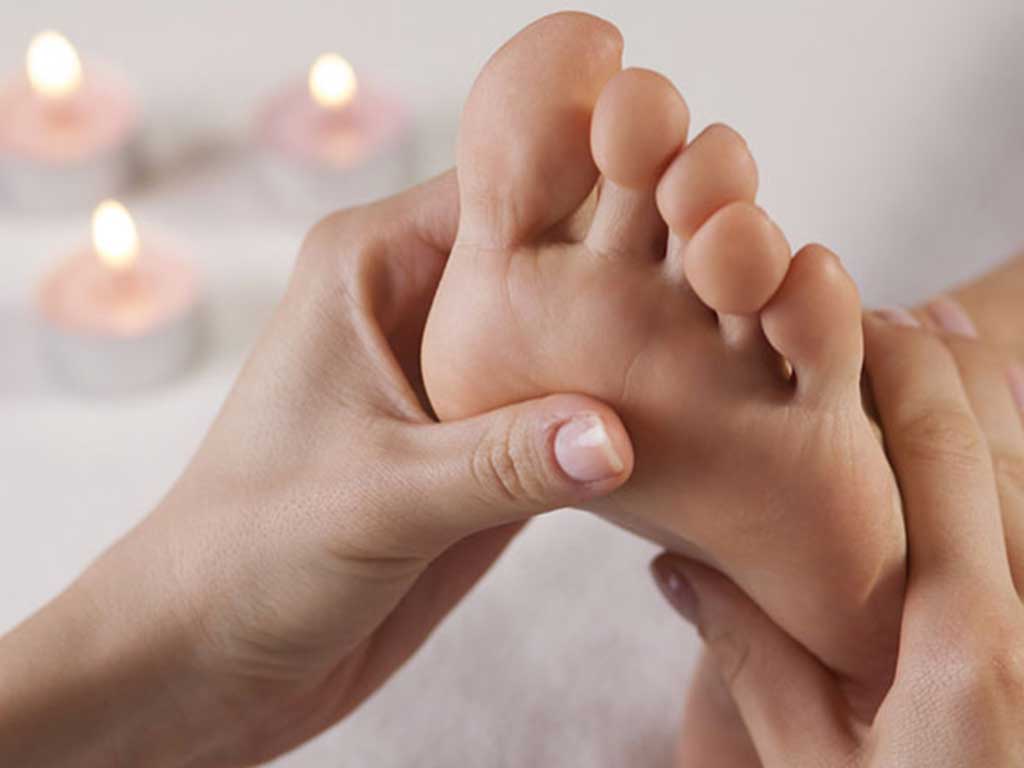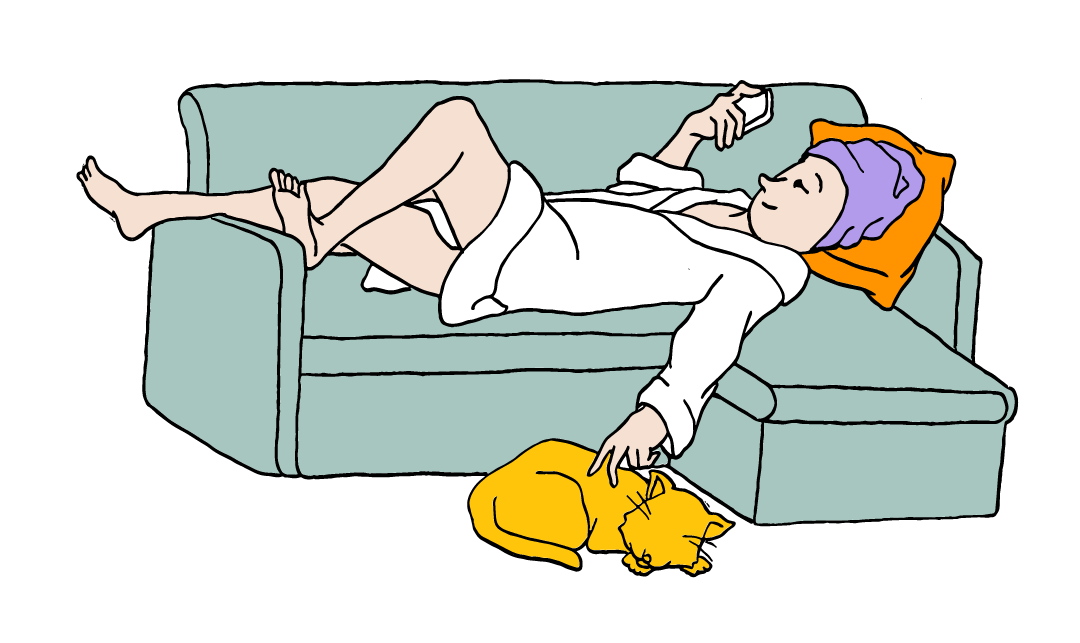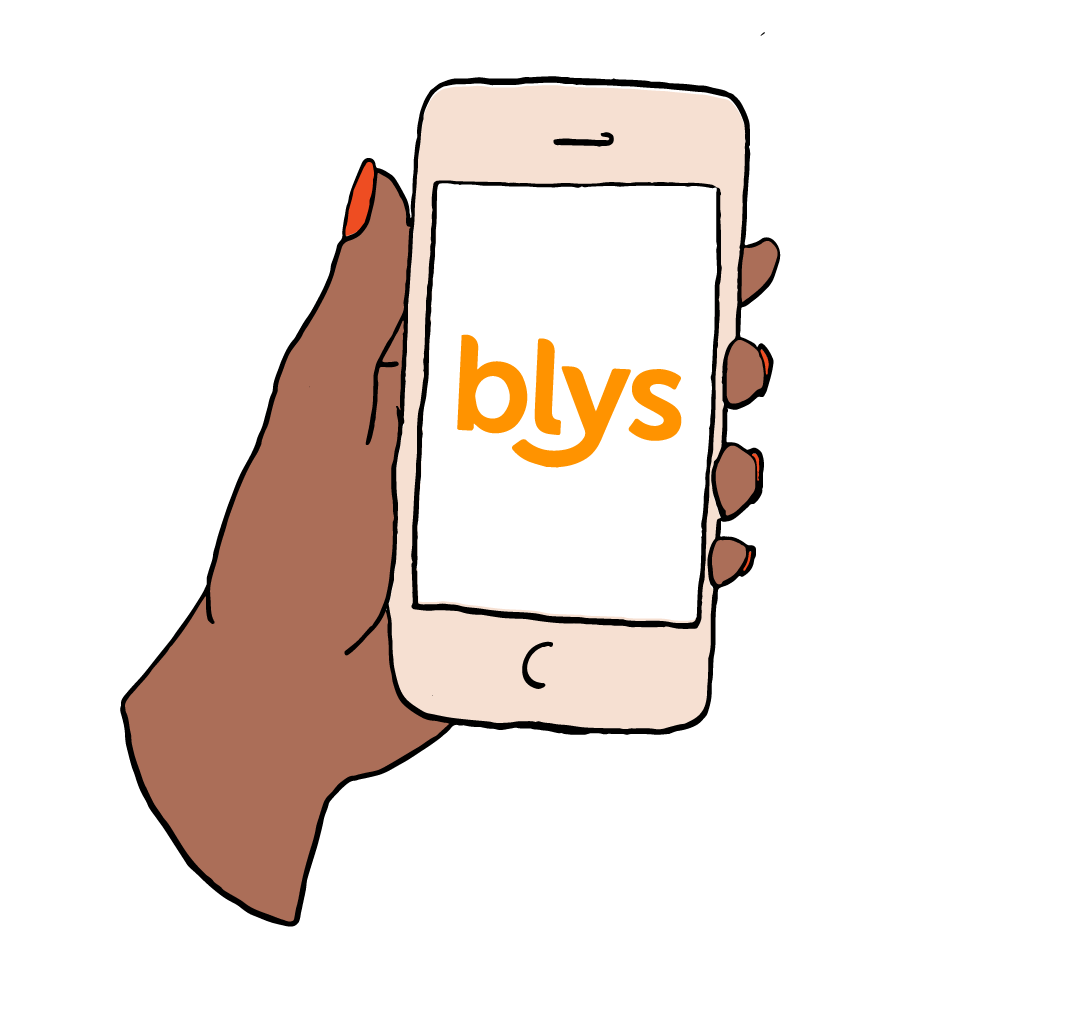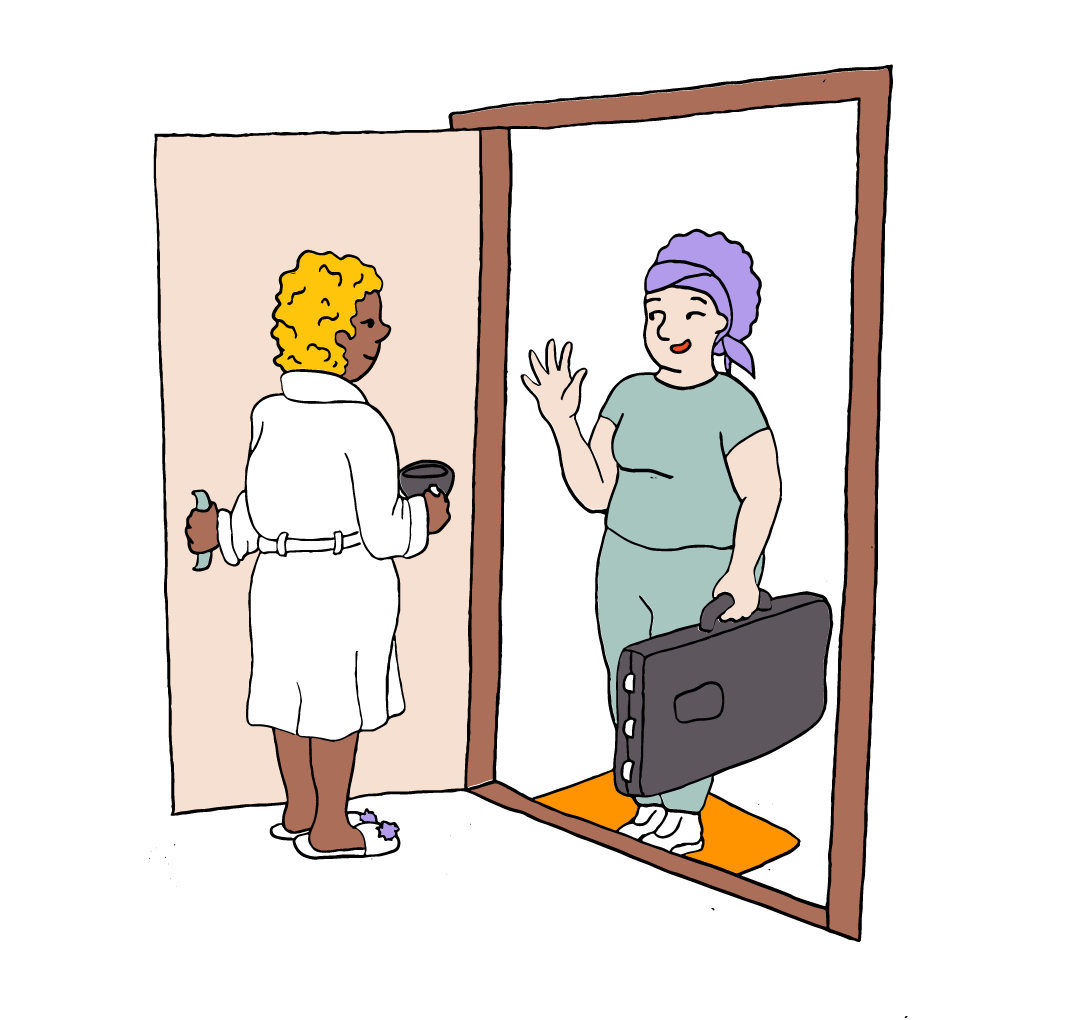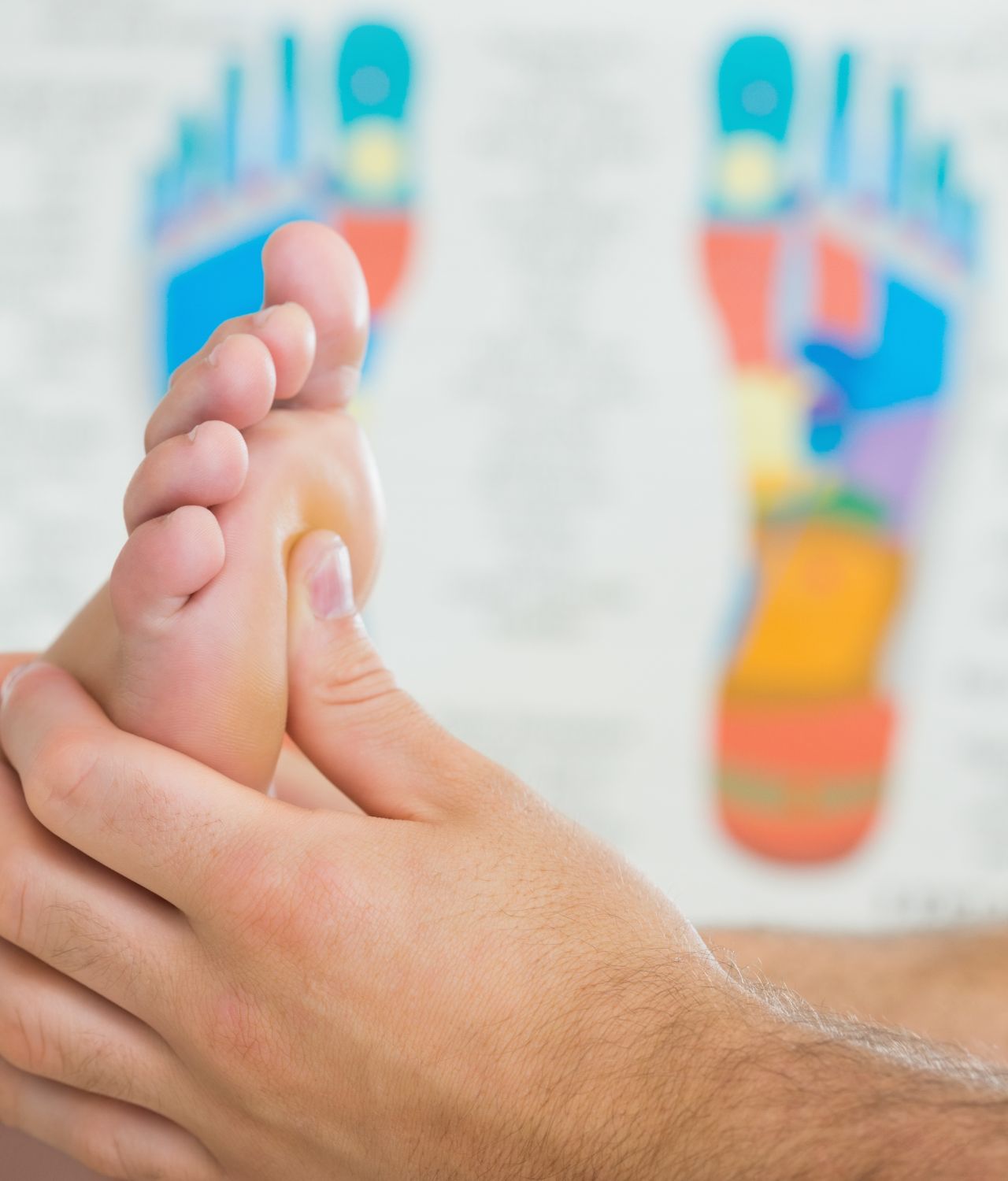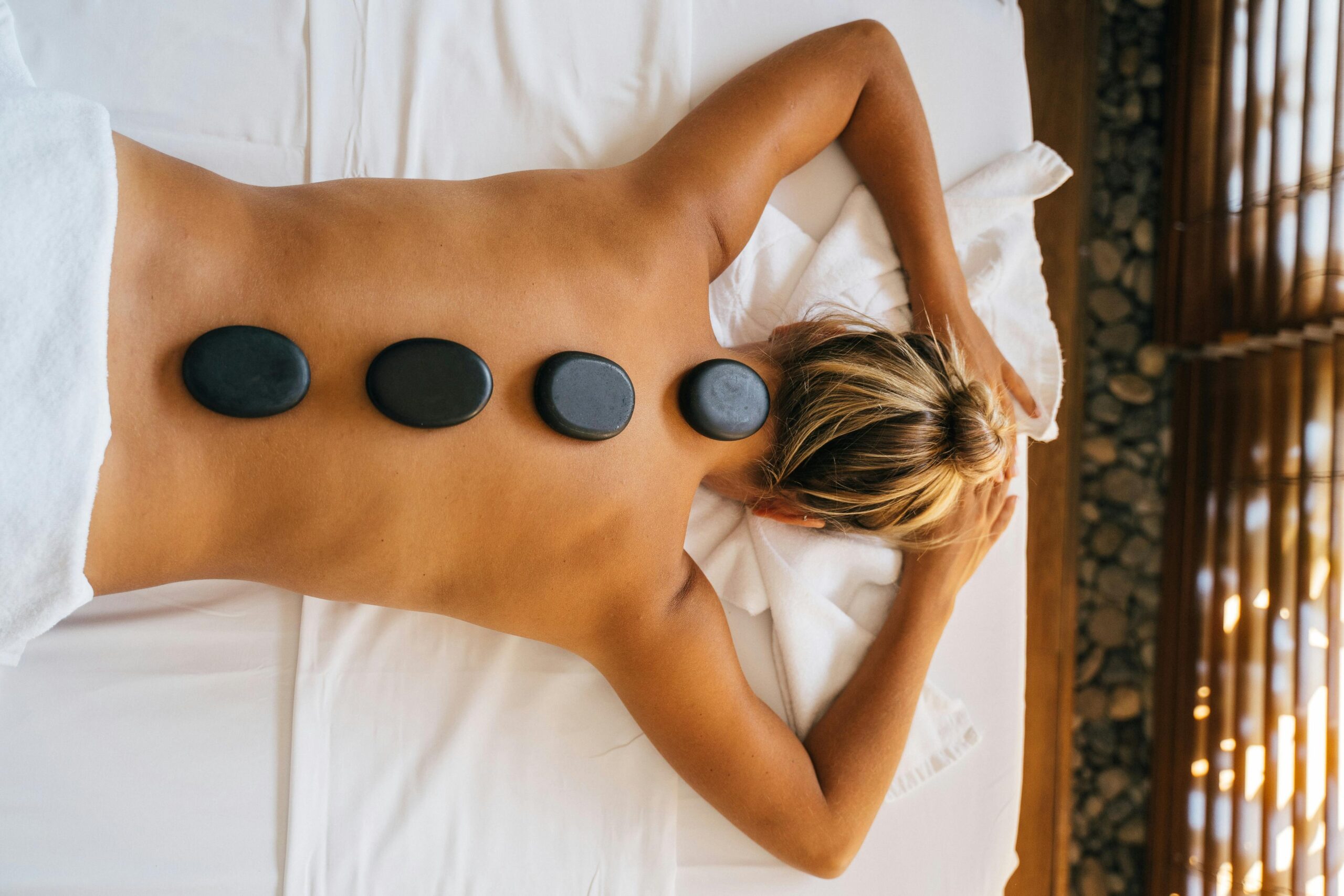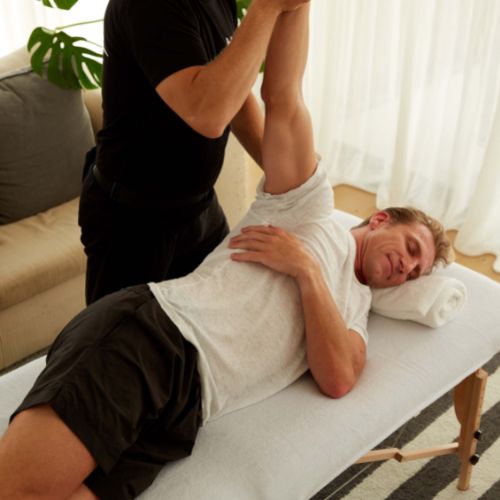Frequently Asked Questions
Got a few questions?
What is reflexology?
Reflexology is an ancient practice that is based on a theory that all organs, glands, muscles, and the skeletal system can be stimulated via points on the feet, hands, and outer ears. The pathways between these pressure points and other parts of the body are connected via the nervous system. Reflexology is predominantly performed on the feet, but can also be done on other extremities like the hands and ears. For more information, visit the blog.
What are the different reflexology techniques?
Reflexology incorporates a number of presses, pulls and rotations. Your reflexology therapist will use their thumbs and fingers to manipulate and affect the nervous system. Reflexology is generally a dry practice; no oil or lotion is used.
What should I look for in a reflexologist?
All reflexologists on the Blys platform are qualified in massage therapy and knowledgable in the practice of reflexology. Rest assured that you will always be paired with a ther
Who would benefit from reflexology?
Reflexology is a great practice for those who experience chronic pain issues, including sciatic nerve pain, shoulder pain and back pain. Reflexology is also believed to benefit the immune system, particularly when you have a cold or sinus-related issue. Reflexology is a non-invasive modality that is great for first-time wellness goers.
Who should not get reflexology?
Reflexology is not recommended for those who experience adverse health conditions such as blood clotting issues, open wounds, varicose veins, or problems or injuries of the feet. If you are pregnant, consult your health care professional when enquiring about reflexology.
Can I get reflexology near me?
You sure can! To book your next reflexology session at home, head to the Blys website or download the app and have a professional reflexologist delivered directly to you.
Are there any side effects of reflexology?
As with any physical therapy, reflexology has the capacity to affect the body both positively and negatively. Reflexology targets the nervous system, and as such your body’s immunity may be compromised. As the old saying goes: sometimes you have to get worse before you get better.
How should I prepare for my reflexology session?
Ensure that you are always well hydrated and continue to drink water after your session. Dehydration impairs the body’s ability to flush away toxins. If you’re going to eat, we recommend having something small no less than two hours prior. For reflexology, it’s best not to have lotion, moisturiser or any other balm on the skin; clean, dry skin is the best surface for reflexology. Remember that reflexology is performed on the feet, so give yourself plenty of time to be cleaned and dried.
What can I expect from a reflexology session?
Your reflexologist will always strive to make you feel as secure, safe and comfortable as possible while they are in your home. Your reflexologist will likely ask for a history of your health conditions to ascertain how best to address them. Reflexology involves pressure on the sensitive areas of the feet, so keep this in mind when choosing this modality. Feel free to communicate openly with your reflexologist – they are a professional and here to help!
How often should you get a reflexology massage?
To get the most out of a reflexology foot massage, we recommend scheduling sessions based on your needs. For general wellness, once every 1–2 weeks works well to reduce stress and promote balance. If you’re addressing specific concerns like pain or tension, weekly foot reflexology massages may help. Always listen to your body and consult your reflexologist to find the best schedule for you.
What to wear to reflexology massage?
Comfort is key. Opt for loose-fitting clothing—pants that can be easily rolled up to the knees or relaxed shorts work best, as your lower legs and feet will need to be accessible. Avoid tight socks or shoes that might leave marks, as they can interfere with the massage. Your reflexologist will take care of the rest in a calming, professional setting—so just dress to feel relaxed and at ease.
Which body part is commonly massaged by practitioners of reflexology?
In a foot reflexology massage, therapists focus on the feet. They apply targeted pressure to specific areas of the feet, which are believed to connect to different parts of the body. This makes massage foot reflexology a unique way to promote overall wellness through foot-focused techniques.
What’s the difference between foot reflexology and a regular foot massage?
While both feel amazing, they serve slightly different purposes. A regular foot massage is all about easing muscle tension and helping you relax. Foot reflexology, on the other hand, involves applying pressure to specific points on the feet that are believed to correspond to other parts of the body. It’s a more targeted, holistic approach that aims to support overall wellbeing—not just soothe tired feet.
If you’re searching for a foot reflexology massage near you, expect a more holistic approach compared to a standard massage while booking an appointment.
